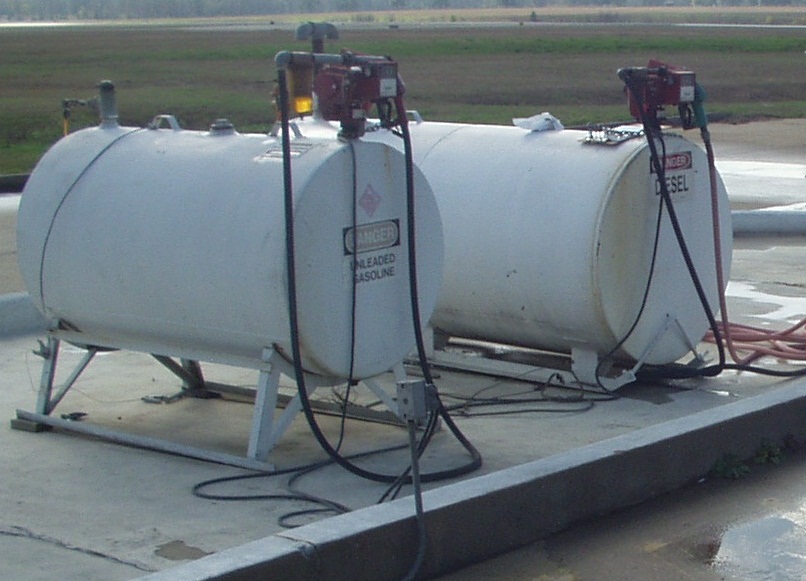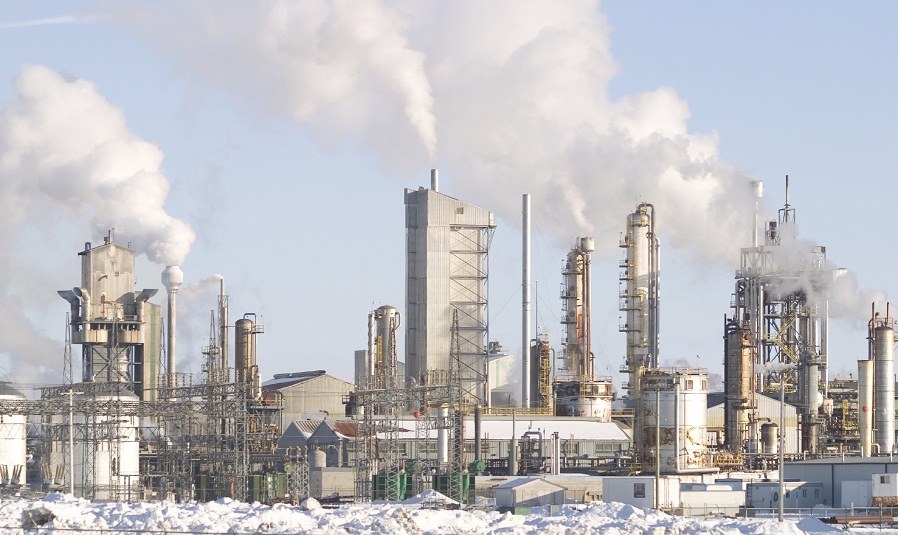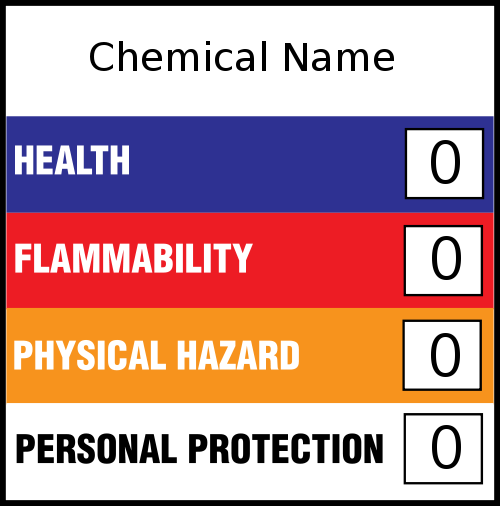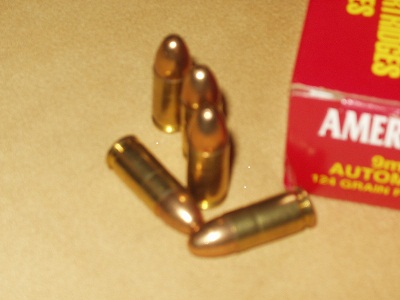
Perhaps we’ll be enjoying these scenes for a long time yet…
Are concerns over man-made global warming (i.e., anthropogenic global climate change) overblown? So says this January 27 opinion piece in the Wall Street Journal online, written by sixteen eminent physical scientists. They argue that predictive computer models have exaggerated the potential effects of continued emissions of carbon dioxide, and point to the documented halt (or pause, depending on your perspective) in rising global temperatures over the last decade or so as evidence supporting their position.
Not to be outdone, the UK Daily Mail waded into the global warming debate with two seemingly contradictory articles: First, theorizing that global cooling, not warming, may be a more immediate concern on the global temperature front, based on solar energy cycles – and then, on the same day, reporting that the British government’s national risk assessment on climate change warns that increasing temperatures will lead to “major increases in flooding, heatwaves and water shortages that could kill thousands of people a year.”
What should we make of the current state of anthropogenic climate change science?
Continue reading “Global warming worries? Just, relax…”



 The US Environmental Protection Agency (EPA) wants more information on commercial chemicals from chemical manufacturers. Published on August 16, 2011, the EPA’s new Chemical Data Reporting rule (CDR) requires more frequent reporting of critical information on a larger number of chemicals and requires the submission of new and updated information regarding:
The US Environmental Protection Agency (EPA) wants more information on commercial chemicals from chemical manufacturers. Published on August 16, 2011, the EPA’s new Chemical Data Reporting rule (CDR) requires more frequent reporting of critical information on a larger number of chemicals and requires the submission of new and updated information regarding: A flurry of protests followed the U.S. Environmental Protection Agency’s notice on August 24 that it would accept comments on a petition requesting that it ban lead in bullets and shot, as well as in fishing tackle (e.g., lead sinkers). As quickly as the clamor rose, it subsided, when EPA today denied the part of the petition calling for a ban on the production and distribution of lead hunting ammunition. The EPA letter explaining its denial can be found at
A flurry of protests followed the U.S. Environmental Protection Agency’s notice on August 24 that it would accept comments on a petition requesting that it ban lead in bullets and shot, as well as in fishing tackle (e.g., lead sinkers). As quickly as the clamor rose, it subsided, when EPA today denied the part of the petition calling for a ban on the production and distribution of lead hunting ammunition. The EPA letter explaining its denial can be found at